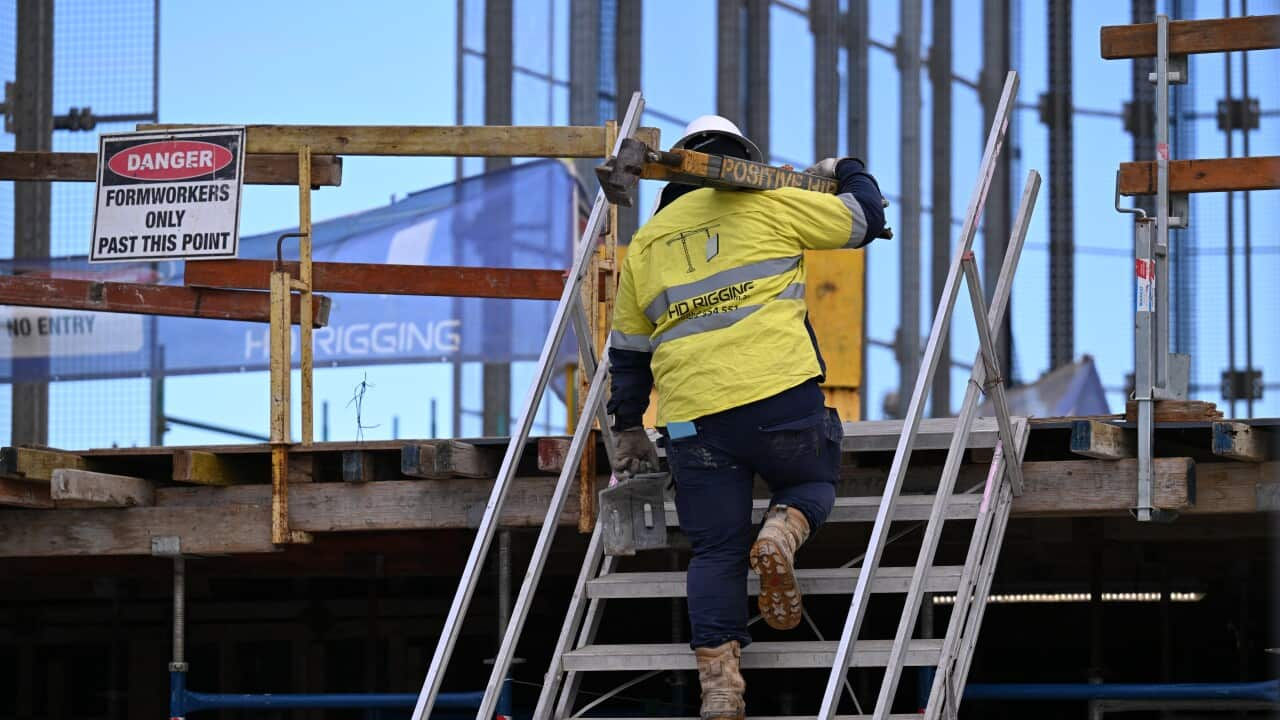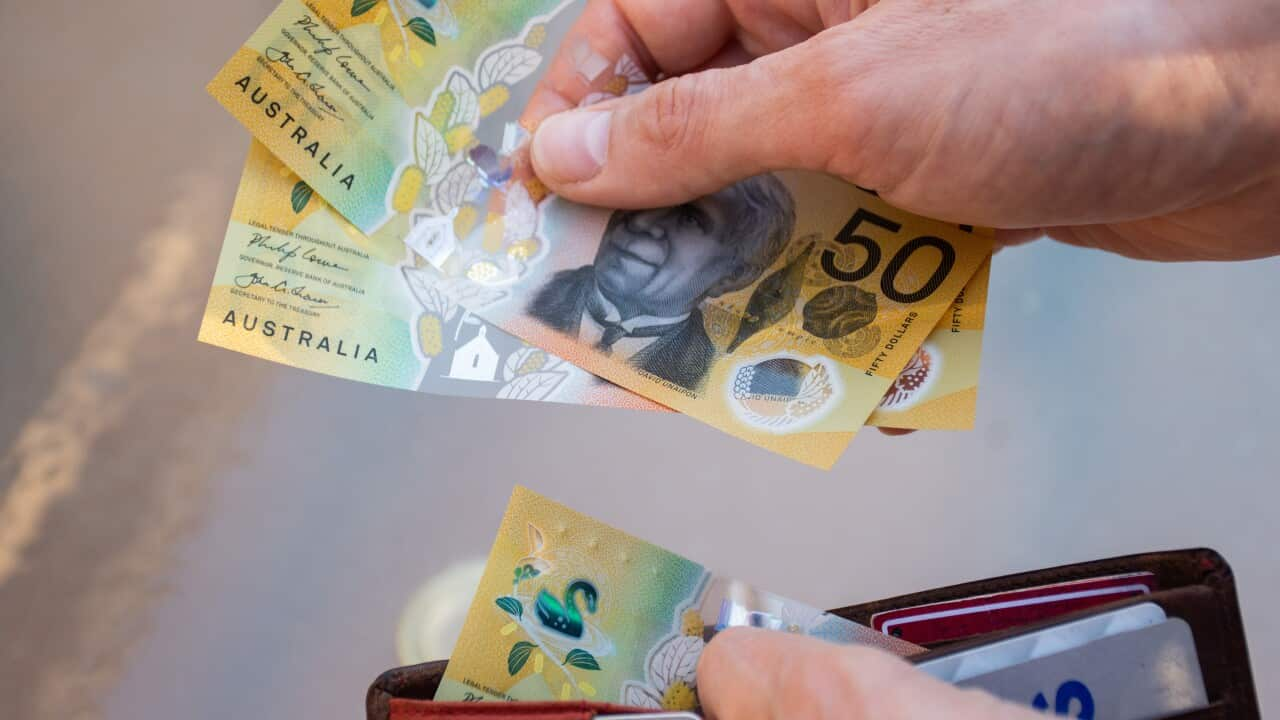The Reserve Bank of Australia (RBA) will have gained mixed messages from this week's jobs data and will be relying on inflation numbers when deciding whether to cut, hold or raise the interest rate at its August meeting, experts say.
Australia's unemployment rate rose to 4.1 per cent, up from 4 per cent in May, the June labour force update from the Australian Bureau of Statistics (ABS) showed.
On the other hand, the ABS said 50,200 jobs were created, more than double the 20,000 expected by economists, with most of those positions full-time.
But this was not enough to offset migration-driven growth in the labour force, with the participation rate reaching a near-record high.
Matt Wacher, chief investment officer at investment management firm Morningstar, told SBS' On the Money podcast that the market is assuming the ABS' jobs data is going to add to the case for an interest rate rise in August.
"Probabilities are increasing that maybe August is going to be an interest rate hike from the RBA. The jobs number is really going to put some pressure on inflation, especially if that flows through to wages," he said.
"They seem to be quite strong on face value. But if you look at a couple of the other numbers out there, consumer confidence, it's still a little bit weak growth numbers."
How much is inflation rising?
In the 12 months to May, inflation rose by 4 per cent, according to data released by the ABS on 26 June.
It was a 0.4 per cent rise since April, when inflation came in at 3.6 per cent, slightly higher than economists predicted.
Wacher said the RBA will be influenced by what other central banks around the world are doing.
"The RBA will be quite torn on whether to raise rates because not only is there some weaker numbers out there, but everyone else is starting to look at cutting rates," he said.
LISTEN TO

SBS On the Money: Could there be an interest rate rise in August despite a lift in the jobless rate?
SBS News
18/07/202414:03
In recent weeks the EU has cut interest rates, while as many as three interest rate cuts have been priced into the US economy.
"That will not only put pressure on the RBA to maybe take pause and think that there's a bit of a lag in some of the inflation numbers we have, but it also put a lot of upward pressure on the Aussie dollar," Wacher said.
"And that could also start to impact inflation and bring things down if we're kind of diametrically opposed to some of our biggest trading partners."
Will the RBA raise interest rates?
Australian fund manager Betashares' chief economist David Bassanese said the "solid" labour force report, together with decent retail sales growth, meant the RBA could go into its next meeting "not overly concerned about the underlying strength in the economy".
June quarter inflation figures due later in the month would "make or break" the case for an interest rate hike, he said.
Bassanese's base case was for consumer price data to come in just shy of forcing the RBA to go higher, but anything above 4 per cent for trimmed or headline inflation could spell trouble.
"That's because a higher-than-expected consumer price index would make it harder for the RBA to continue to believe inflation will fall to within the 2 to 3 per cent target band by end-2025 without further monetary tightening," he said.
Hours worked rose 0.8 per cent in June, which the statistics bureau partly attributed to fewer people taking annual leave than they usually do in June.
Alex Joyner from IFM Investors said the unemployment rate was in line with the RBA's expectations.
"Now, 4.1 per cent is not too far away from where the RBA expects the unemployment rate to peak in this cycle.
"At 4.3 per cent is where their forecast is at, and it is cognisant that it wants to hold onto labour market gains. But putting 50,000 extra people to work, having high employment-population ratios, high participation ratios, these are all things that the RBA would want to see."
He said the results were not an impediment for the RBA to raise rates "if inflation demands".
With additional reporting by the Australian Associated Press











